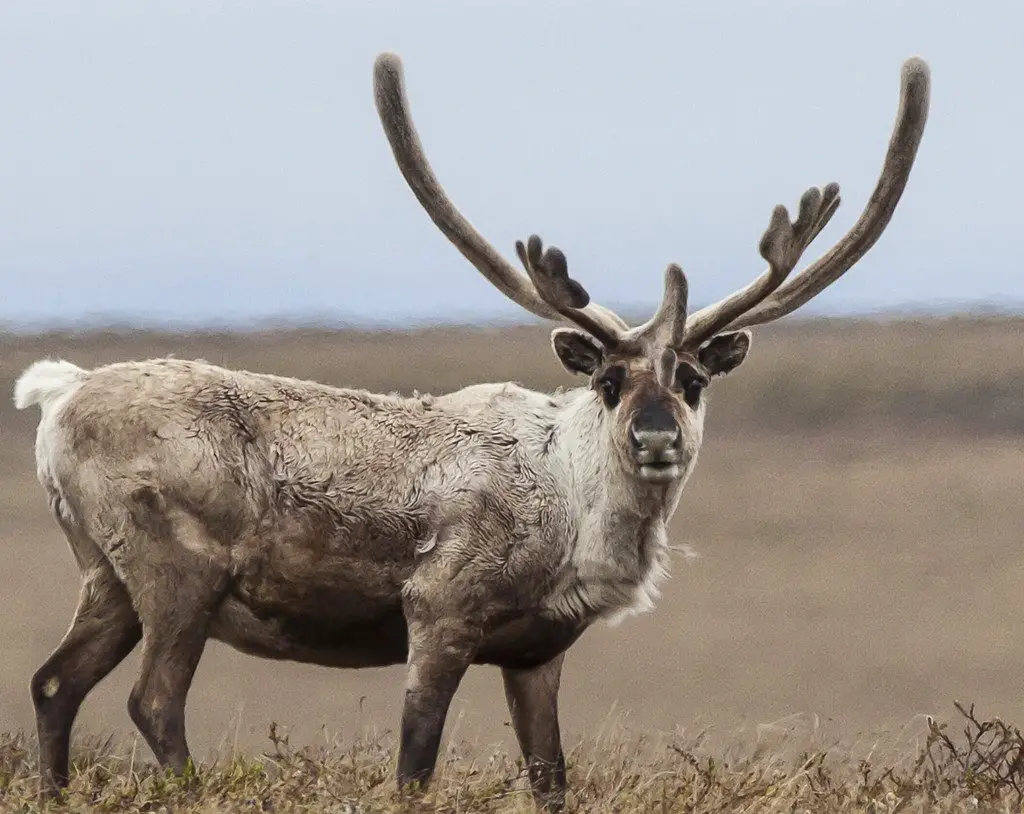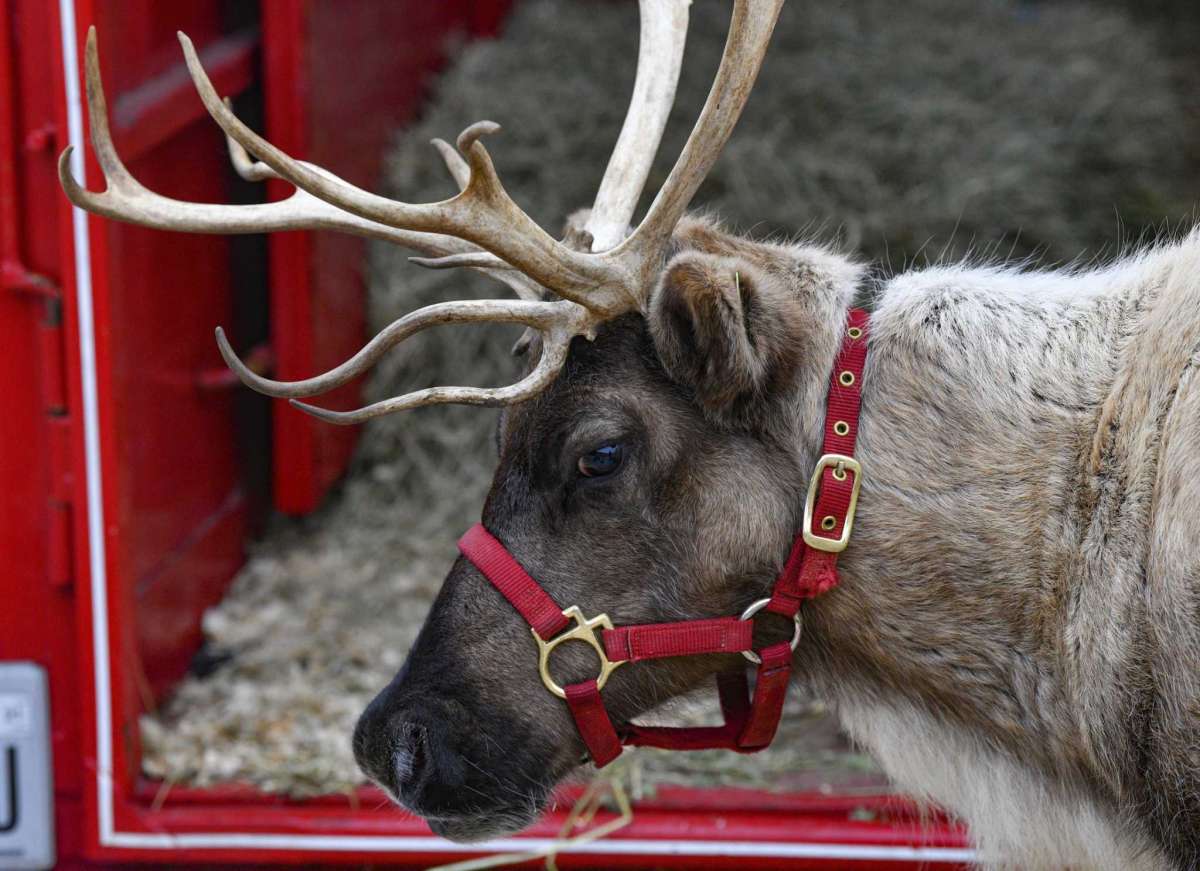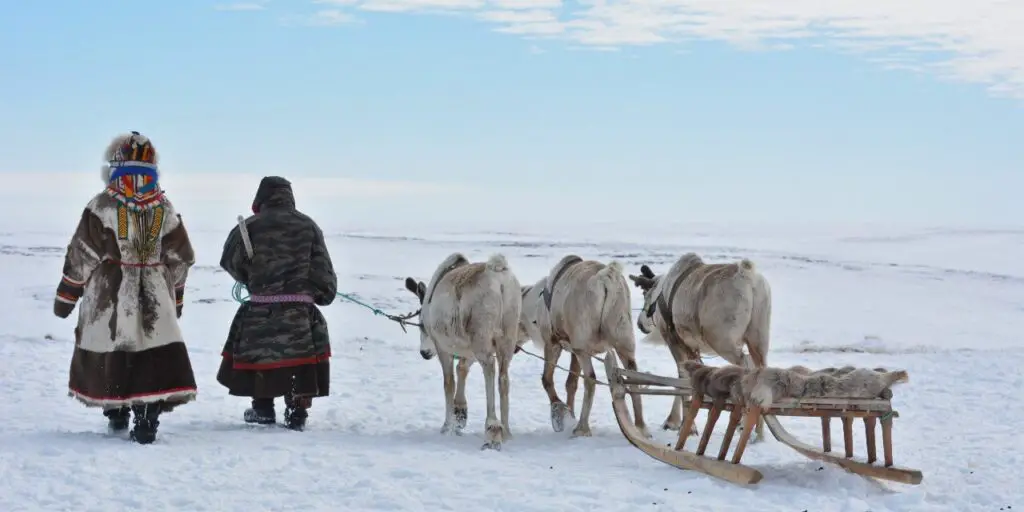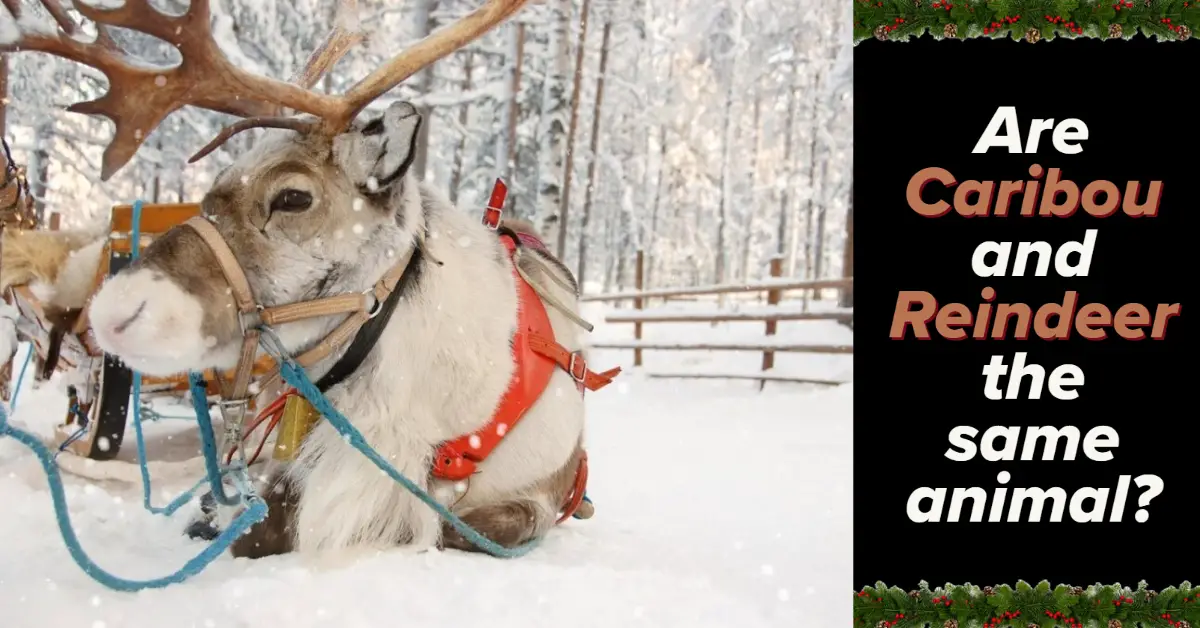For the majority of the world, the Reindeer’s spotlight seems to fade after the holiday season has wrapped up. For many Canadians, however, these same animals are present year-round, though in a much more wild form.
Caribou Vs. Reindeer


Since Caribou and Reindeer are technically the same species, both sharing the scientific name Rangifer tarandus, much of the difference between the two animals come from the geographic regions they occupy. The name Reindeer perhaps has the longer history of the two, being used to describe the animal in its European, Scandinavian, and Asian ranges. Since being domesticated nearly 2000 years ago, however, these animals are now rarely found in the wild of these regions and are largely viewed as domesticated beasts of burden.
Here in North America, on the other hand, the name Reindeer is specifically reserved for the domesticated animals brought from overseas, while our native Caribou populations remain wild and have never been successfully domesticated.
Though geography may be the primary difference between the two animals, centuries of domestication has led the Reindeer to develop some distinguishable features from their North American brethren. The primary difference is in their size. Since the domesticated version of the animal is no longer required to make the long migration of wild Caribou, Reindeer tend to develop much shorter legs. Their bodies also tend to be stouter than those found in the wild and will produce much thicker hair. The breeding season of Reindeer has also deviated from their wild cousins, occurring about a month earlier than wild North American Caribou.
A Brief History of Reindeer Domestication

As mentioned above, the Reindeer’s variations from modern North American Caribou has primarily come from its relationship to man. One of the earliest documented cases of domestication occurred in central Russia roughly 2000 years ago by a group known as the Soyots. Since then, Reindeer herding has spread across Europe, Asia, and Scandinavia, providing generations of northern communities with food, clothes, transportation, and income.
Though Reindeer herding is far more common in the east, North America does have areas where the practice has begun taking hold. The herding of Reindeer in North America began in the late 1800s when the United States government introduced 1,250 domestic Reindeer to Alaska. These Reindeer were brought in from Siberia and were joined by groups of Native Siberians to teach Native Americans how to maintain herds of their own. This project resulted in multiple sustainable Reindeer herds being created in western Alaska, totalling 20 Reindeer herders and over 20,000 Reindeer in Alaska as of 2015.
How Reindeer Became Part of Christmas

Reindeer and man may have been interacting for nearly 2000 years, but it is only in the last 200 or so that they have been associated with Santa and Christmas.
Perhaps the earliest example of Reindeer being associated with Christmas was in 1821 when a New York writer named William Gilley included them in his Christmas-themed children’s story which credited them for pulling Santa’s sleigh. The author would later write that the inspiration for this eventual legendary pairing came from his knowledge of Arctic European Reindeer herds. Just one year after Gillis published his story, Clement Clarke Moore published his famous The Night Before Christmas, solidifying the Reindeer’s place in Christmas lore for generations to come.

Merry Christmas from the Fish’n Canada team!!







4 Responses
Merry Christmas and Happy New Year to the Fishn Canada team and supporters. I hope 2022 is a much better year for us all and many more fishing days and trips in 22. Everyone please stay safe and sanitize. I sure would love to win that Panoptix Live Scope unit. Kindest Regards Rick
One interesting fact that sets these Reindeer apart from the common Deer, male and female Reindeer can grow antlers, although the proportion of females that grow antlers varies greatly between population and season. Antlers are typically larger on males.
Merry Christmas and a Happy New Year.
That was a good read. Thanks.
All the seasons best wishes to Pete and Ang and all their fans?. Looking forward to a more unrestricted future ??!